Transform Your Balcony Garden Design with Proven Mirror Solutions for Superior Space Illusion

[Company Name] revolutionizes balcony garden design by strategically integrating mirrors to enhance…….
Introduction
The art of garden design in small spaces has become a cornerstone of contemporary landscaping, reflecting the evolving needs and constraints of urban living. As cities expand and populations grow denser, the quest for green oases within limited areas becomes increasingly vital. This article delves into the nuances of designing beautiful, functional gardens where space is at a premium. Readers will discover innovative approaches, practical design principles, and real-world examples that transform narrow balconies, rooftop terraces, and tiny courtyards into lush retreats.
Understanding Garden Design for Small Spaces
Garden design for small spaces is a multifaceted discipline that requires a keen understanding of the available area, plant selection, and the interplay between nature and architecture. Its core components include space optimization, careful plant selection, and an emphasis on aesthetics and functionality. Historically, small garden designs have been a response to limited space, often seen in densely populated cities or regions with smaller land parcels. Today, it’s a significant aspect of landscaping that addresses the contemporary challenge of creating green spaces in urban environments.
Global Impact and Trends
The influence of small garden design spans across continents, adapting to diverse climates, cultures, and ecosystems. In dense metropolises like New York City and Tokyo, vertical gardens and rooftop oases are becoming commonplace. In regions with limited sunlight, such as Nordic countries, designers focus on light-loving plants and reflective surfaces to maximize available light. Global trends point towards sustainability, with an increased focus on xeriscaping and the use of native plants to reduce water usage and promote biodiversity.
Economic Considerations
The economics of small garden design are multifaceted, encompassing everything from initial investment to long-term maintenance costs. Market dynamics show a growing demand for properties with well-designed outdoor spaces, which can significantly increase property value. Investment patterns indicate a trend towards greener living spaces as a response to the biophilic movement, where people seek a deeper connection with nature. Economically, small garden design contributes to urban sustainability and quality of life, factors that are increasingly valuable in real estate markets.
Technological Advancements
Technology has revolutionized small garden design, offering innovative solutions for space-efficient gardening. From smart irrigation systems to modular vertical gardens, technology enhances the functionality and sustainability of small spaces. Advancements in plant genetics have led to the development of compact varieties that require less space while still providing the beauty and benefits of traditional plants. In the future, we can expect even more technological integration, including AI-driven plant care and energy-efficient lighting systems to extend usable garden hours.
Policy and Regulation
Policies and regulations play a pivotal role in shaping the landscape of small garden design. Urban planning laws often dictate the maximum allowable green space in new developments. Zoning regulations can either encourage or hinder the integration of gardens into small spaces. In some regions, incentives are provided for property owners who implement sustainable landscaping practices. Understanding these policies is crucial for designers and city planners to effectively integrate green spaces into urban environments.
Challenges and Criticisms
Small garden design faces several challenges, including limited space, soil quality issues, and the need for low-maintenance solutions. Critics argue that these designs can sometimes feel cramped or lack the character of larger gardens. To address these issues, designers must focus on creating multi-functional spaces, using vertical gardens, and incorporating reflective surfaces to maximize light. Strategies like permaculture design principles can also be employed to create efficient, self-sustaining systems.
Case Studies
Several case studies exemplify the successful application of small garden design. In Singapore, the “My Water, My Home” program has transformed thousands of homes with water-wise gardens. In New York City, the High Line has become a global benchmark for urban green spaces, reimagining industrial wasteland into a lush landscape. These projects demonstrate the transformative power of thoughtful design and community engagement in small space gardening.
Future Prospects
The future of garden design for small spaces is bright, with potential growth areas in smart technology integration, modular designs that cater to transient urban populations, and increased emphasis on mental health benefits through biophilic design. Emerging trends may include the use of edible landscaping, community gardens, and green roofs as a response to climate change and food security concerns. Strategic considerations will focus on sustainable practices, adaptability to different environments, and the integration of technology for enhanced garden experiences.
Conclusion
Garden design for small spaces is an essential practice in modern urban living, offering a multitude of benefits from improved mental health to increased property values. This article has highlighted the significance of this field, its global impact, economic value, technological advancements, policy considerations, and future prospects. By understanding these elements, designers, city planners, and community members can create beautiful, functional, and sustainable small garden spaces that enrich urban environments.
FAQ Section
Q: What are the key design principles for small space gardens?
A: The key principles include maximizing light, optimizing space through vertical gardening, selecting the right plants for the climate and conditions, and creating a sense of harmony and flow within the space.
Q: How can I maintain a small garden without spending too much time on it?
A: Use low-maintenance plants, install efficient irrigation systems, and consider adding mulch to reduce weeding needs. Consider xeriscaping to minimize water usage.
Q: Can small gardens be sustainable and eco-friendly?
A: Absolutely. By using native plants, practicing composting, employing rainwater harvesting, and integrating smart technology for irrigation and monitoring, small gardens can be both beautiful and sustainable.
Q: What role does biophilic design play in small garden spaces?
A: Biophilic design incorporates natural elements into the built environment to improve well-being and connection with nature. In small gardens, this can include natural materials, plants, water features, and open spaces that invite interaction and contemplation.

[Company Name] revolutionizes balcony garden design by strategically integrating mirrors to enhance…….
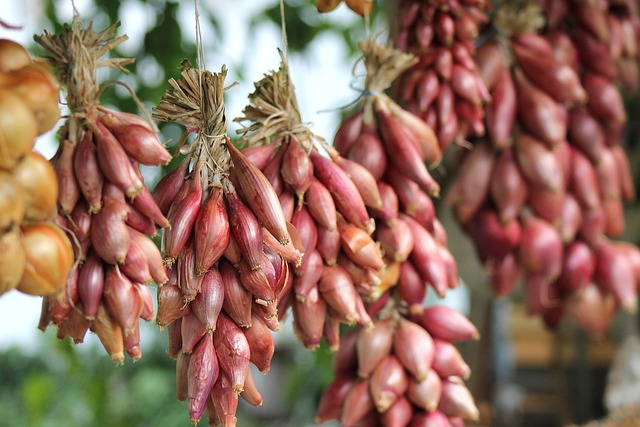
Creative small garden design combines natural elements with innovative features to enhance property…….

Transform your tiny garden into a thriving oasis using raised bed landscaping. This innovative appro…….

Compact garden ideas, particularly vertical gardens, are revolutionizing urban spaces with their aes…….
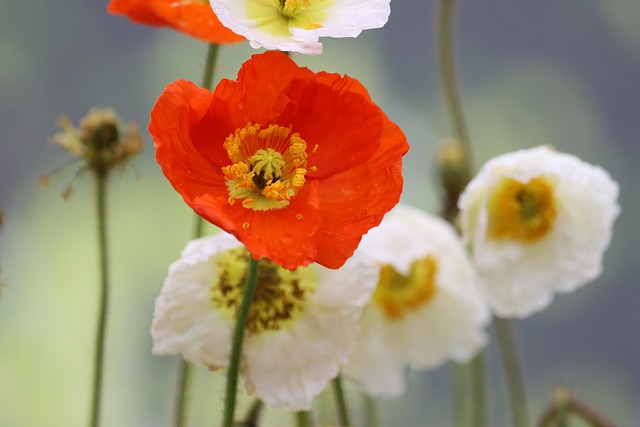
Trellises transform small gardens into vibrant vertical oases, maximizing plant density while conser…….
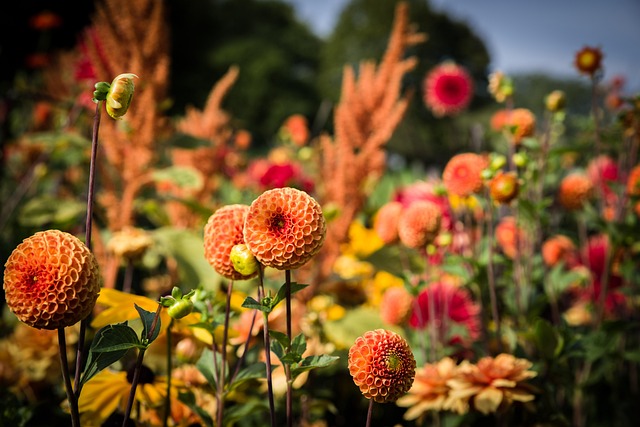
Vertical gardening ideas, particularly raised beds, revolutionize space utilization for urban garden…….
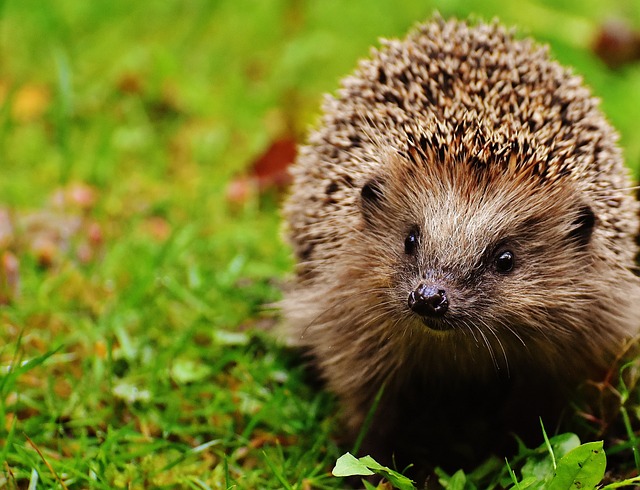
Modern small garden design is transforming with the integration of edible and ornamental plants, cre…….

Compact garden ideas incorporating natural elements like rocks and wood not only enhance aesthetics…….
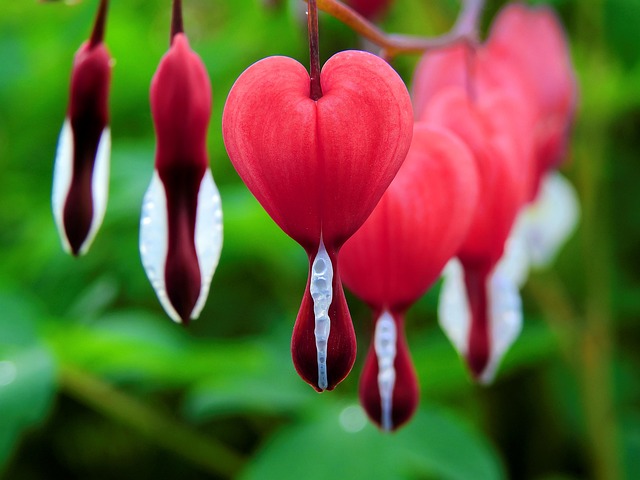
Modern small gardens, enriched with natural elements like rocks and wood, offer both aesthetic allur…….
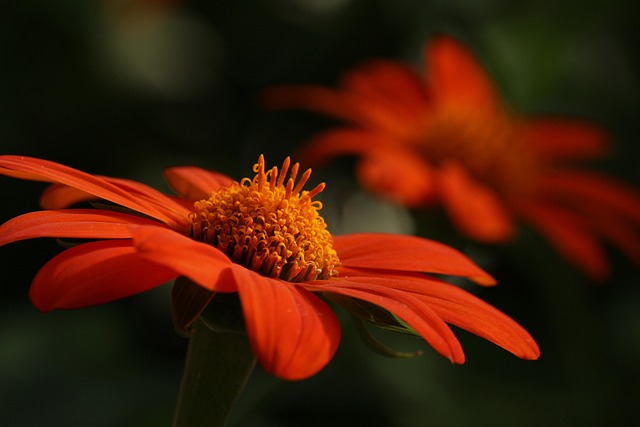
Urban garden design, particularly with raised beds, is revolutionizing city spaces by maximizing yie…….